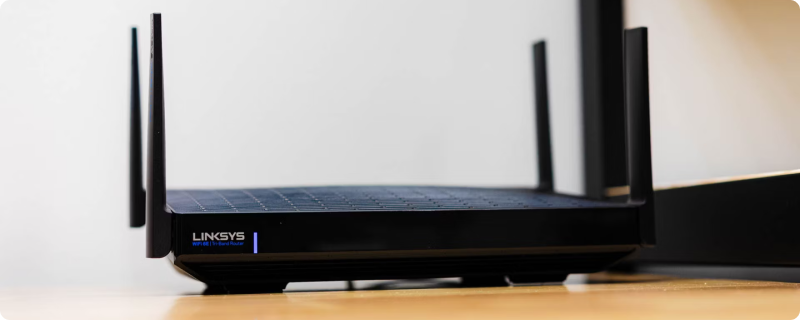Why Upgrade to DD-WRT?
If you’re determined to elevate your router for superior performance and robust VPN capabilities, the standard firmware might not suffice. This tutorial provides a comprehensive guide to installing DD-WRT, propelling your router to peak performance in 2024.
Understanding DD-WRT Firmware
DD-WRT is a highly versatile, open-source firmware for wireless routers. It brings a host of features aimed at enhancing WiFi performance and bolstering security. Though often perceived as complex, installing DD-WRT can be straightforward with the right guidance and can be completed within 15 minutes.
Advantages of DD-WRT
- Enhanced Capabilities: DD-WRT can vastly improve your router’s functionality and is compatible with numerous well-known brands.
- Quick and Easy Installation: Flashing DD-WRT generally takes around 10 minutes with an Ethernet connection and specific software.
- Bricking Risks: Incorrect installation can render your router inoperative. Thus, understanding the process thoroughly is essential.
Before You Start: Preparation Steps
Assessing the Risks
Installing DD-WRT involves risks such as potentially “bricking” your router, rendering it useless. If you are not ready to take on this risk or cannot afford any downtime, proceed with caution or consider pre-configured advanced routers.
Required Tools
Gathering an Ethernet cable to connect your computer to the router is essential. Also, ensure you download your router’s manual and the necessary firmware files in advance to avoid any interruptions during the installation.
Diving into DD-WRT
Firmware is the foundational software managing your router’s hardware. DD-WRT is a Linux-based firmware that replaces the default software, delivering advanced settings and features, particularly for enhancing VPN support and security.
The Perks of DD-WRT
Apart from boosting VPN functionality and rectifying older vulnerabilities like WPS, DD-WRT offers a broad range of options that might appear daunting. Thus, it is best suited for tech enthusiasts.
Is DD-WRT the Right Choice?
Transitioning to new firmware can be intimidating, especially if you are unfamiliar with your router’s default settings. However, DD-WRT offers notable advantages, making it ideal for configuring your router as a VPN server, repeater, or access point.
Simplifying the Flashing Process
Defining Flashing
Flashing involves loading new firmware onto your router by connecting your computer to the router via LAN and using specialized software. While the process is typically straightforward, it requires careful execution.
Checking Compatibility
DD-WRT should be compatible with your specific router model or similar hardware. It is renowned as the third-party firmware with broad compatibility, supporting an extensive range of popular brands like Netgear and Asus.
Preparing for Installation
Initial Steps
Ensure you have an Ethernet cable ready and connect your router to a computer. Download your router’s existing firmware utility and the DD-WRT firmware to create backups.
Gathering Requirements
Identify the exact model number of your router, usually located on its underside, and visit the manufacturer’s website to download necessary tools and backup firmware versions.
Detailed Installation Guide
Step 1: Download and Prepare Firmware
Start by downloading and installing the firmware restoration utility from your router’s manufacturer. Extract the DD-WRT firmware if required.
Step 2: Reset Your Router
Reset your router to prepare it for the new firmware, minimizing the risk of data corruption. This generally involves pressing and holding a reset button.
Step 3: Set Static IP and Disable WiFi
Assign a static IP address and disable WiFi to ensure a reliable firmware transfer. Make these adjustments via your router’s admin page.
Step 4: Activate Firmware Mode
Turn the router off and back on while holding the reset button to enter firmware restoration mode. Consult your manual for detailed instructions.
Step 5: Flash the Firmware
Use the firmware restoration utility to begin flashing the DD-WRT firmware. If executed correctly, this process should take a few minutes.
Step 6: Configure DD-WRT
Access your router’s admin page, typically found at 192.168.1.1, and log in with default credentials to start configuring DD-WRT settings.
Conclusion
Installing DD-WRT can greatly enhance your router’s capabilities, even though the process might seem intimidating initially. With thorough preparation and understanding, it becomes a manageable task, delivering substantial benefits for tech enthusiasts and curious learners.
Have you tried other third-party firmware? Share your experiences and what you plan to do with DD-WRT in the comments below. Thanks for reading!




